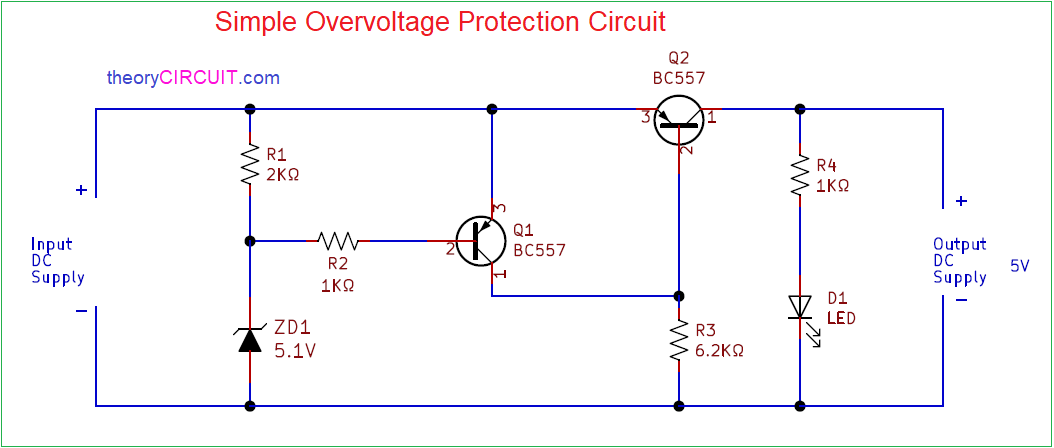
Best Way to Protect Circuits from Overvoltage
Overvoltage can cause serious damage to electronic circuits, leading to costly repairs and replacements. To prevent this from happening, it is important to take proactive measures to protect circuits from overvoltage. In this article, we will discuss some of the best ways to safeguard your circuits from potential damage caused by overvoltage.
1. Use Voltage Regulators
One of the most common ways to protect circuits from overvoltage is to use voltage regulators. Voltage regulators are electronic devices that maintain a constant output voltage regardless of changes in input voltage or load conditions. By installing voltage regulators in your circuit, you can ensure that your devices are protected from voltage spikes and fluctuations.
2. Install Surge Protectors
Surge protectors are another effective way to protect circuits from overvoltage. These devices are designed to divert excess voltage away from sensitive electronic equipment, such as computers, TVs, and other devices. By installing surge protectors in your home or office, you can safeguard your circuits from damage caused by power surges and lightning strikes.
3. Ground Your Circuits Properly
Properly grounding your circuits is essential for protecting them from overvoltage. Grounding provides a path for excess voltage to safely dissipate into the ground, preventing it from damaging your electronic devices. Make sure that your circuits are properly grounded to reduce the risk of overvoltage-related issues.
4. Use TVS Diodes
Transient voltage suppression (TVS) diodes are specialized components that are designed to protect circuits from voltage spikes and transients. By installing TVS diodes in your circuit, you can limit the voltage that reaches your electronic devices, preventing them from being damaged by overvoltage events.
5. Employ Active Voltage Clipping
Active voltage clipping is a technique used to limit the voltage across a circuit by clipping off any excess voltage above a certain threshold. By employing active voltage clipping circuits in your design, you can prevent overvoltage events from causing damage to your electronic components.
6. Regularly Inspect and Maintain Your Circuits
Regular inspection and maintenance of your circuits is crucial for ensuring their long-term reliability and performance. By checking for signs of wear and tear, loose connections, and other issues, you can identify potential overvoltage risks and address them before they cause damage to your circuits.
7. Use Circuit Breakers and Fuses
Circuit breakers and fuses are essential components for protecting circuits from overvoltage events. These devices are designed to interrupt the flow of current in the event of a short circuit or overcurrent condition, preventing damage to your circuits and devices. Make sure to install circuit breakers and fuses in your circuits to provide an added layer of protection.
8. Implement Redundant Protection Measures
For critical circuits and sensitive equipment, it is advisable to implement redundant protection measures to ensure their safety. By using multiple protection devices, such as surge protectors, voltage regulators, and TVS diodes, you can create a robust defense system that prevents overvoltage events from causing harm to your circuits.
Conclusion
Protecting circuits from overvoltage is essential for maintaining the reliability and performance of electronic devices. By following the best practices outlined in this article, you can safeguard your circuits from potential damage caused by voltage spikes and fluctuations. Remember to use voltage regulators, surge protectors, TVS diodes, and other protective measures to ensure the continued operation of your circuits.
Was this helpful?
0 / 0